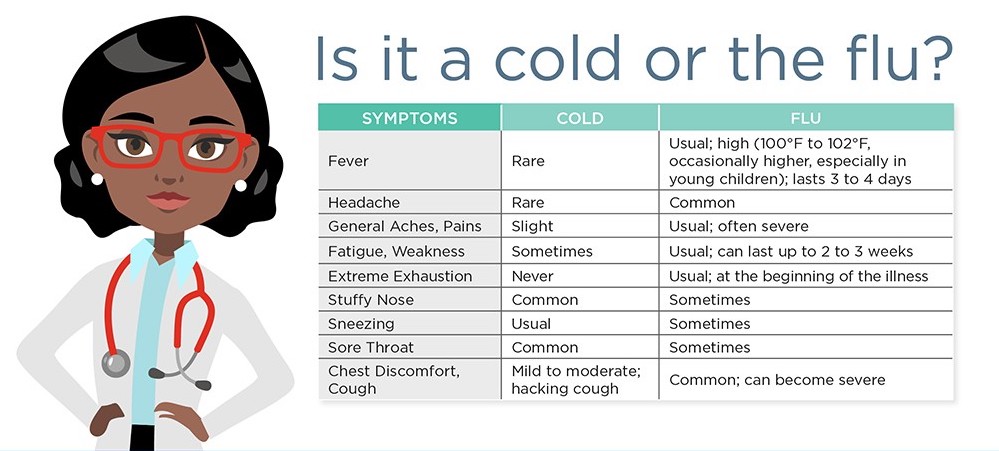A new study identifies a link between vaping and depression.
A recent study concludes that people who smoke electronic cigarettes are twice as likely to report clinical depression as those who have never vaped. The correlation was particularly strong among younger people.
Known as vaping, battery-powered e-cigarettes use heat to deliver an aerosol cocktail of nicotine and flavors to the user. An e-cigarette produces a small cloud of vapor, whereas a cigarette releases smoke.
Many people believe that the vapor contains water. In fact, it contains varying amounts of toxic chemicals that have links to heart and respiratory diseases, as well as cancer.
The use of e-cigarettes in the United States has snowballed since their introduction a decade ago.
According to the Annals of Internal Medicine
in 2016, an estimated 10.8 million people in the U.S. used e-cigarettes. Of this number, 2.8 million (9.2%) were 18–24 years old.
Today, some experts consider vaping to be an epidemic among teenagers — the number of high school students who turned to vaping doubled in 2018.
Although links between traditional cigarettes and depression primarily prompted the study, the results of an earlier study that indicated that 9.1% of those with depression were e-cigarette users, compared with 4.5% among the general population was also a factor.
First author of the study, Dr. Olufunmilayo Obisesan of John Hopkins University in Baltimore, MD, told Medical News Today that “Combustible cigarette smoking has been linked with an increased risk of developing major depressive disorder and has also been shown to be highly predictive of future suicidal behavior among individuals with a history of depression.”
“In light of the similarities in some of the constituents of cigarettes and e-cigarettes, we decided to explore the existence of a similar association between e-cigarettes and depression.”
Concerns for youngsters who vape
The study looked at the responses of nearly 900,000 randomly sampled adults aged 18 and older in a cross-sectional study of 2016–2017 data gathered by the Behavioral Risk Factor Surveillance System (BRFSS)
The BRFSS is the largest national telephone survey carried out in the U.S.
“The researchers found that 34% of current e-cigarette users reported having experienced clinical depression, compared with 15% of those who had never vaped. Also, 27% of former users were more likely to report clinical depression, compared with 15% in those who had never used e-cigarettes.
College students aged 18–25 showed the most significant link between e-cigarette use and depression.
The scientists focused on this group in particular because, typically, young people are more likely to experiment with new products, such as e-cigarettes. Tobacco companies often target this demographic in marketing campaigns.
“This highlights the potential susceptibility of e-cigarette users in this group to depression at a particularly vulnerable time in their lives, but also warrants pause in what this kind of nicotine addiction may be doing to our children, high schoolers, and younger, who we know are using e-cigarettes in epidemic proportions,” says Dr. Mariell Jessup of the American Heart Association’s (AHA) Tobacco Center of Regulatory Science.
The AHA has launched a major initiative to tackle youth e-cigarette use and nicotine addiction.
“The main implication of our findings for the youth is that they need to know that there are potential mental health effects associated with the use of e-cigarettes.”
Dr. Olufunmilayo Obisesan
Depression risk rises with increased use
The study also found that the link between e-cigarette use and depression was stronger in people who vaped the most often.
“Clinically, our study provides information that physicians could consider when counseling patients seeking information about e-cigarettes, especially those with depression,” Dr. Obisesan told MNT.
He added that the study emphasized the need for doctors and health professionals to routinely collect information on e-cigarette from individuals during clinic visits, especially among those with mental health conditions. In conclusion, Dr. Obisesan told MNT:
“We hope that our study will provide a baseline for future longitudinal studies that can confirm our findings and establish the direction of association between e-cigarette use and depression, which we currently believe to be bi-directional.”



